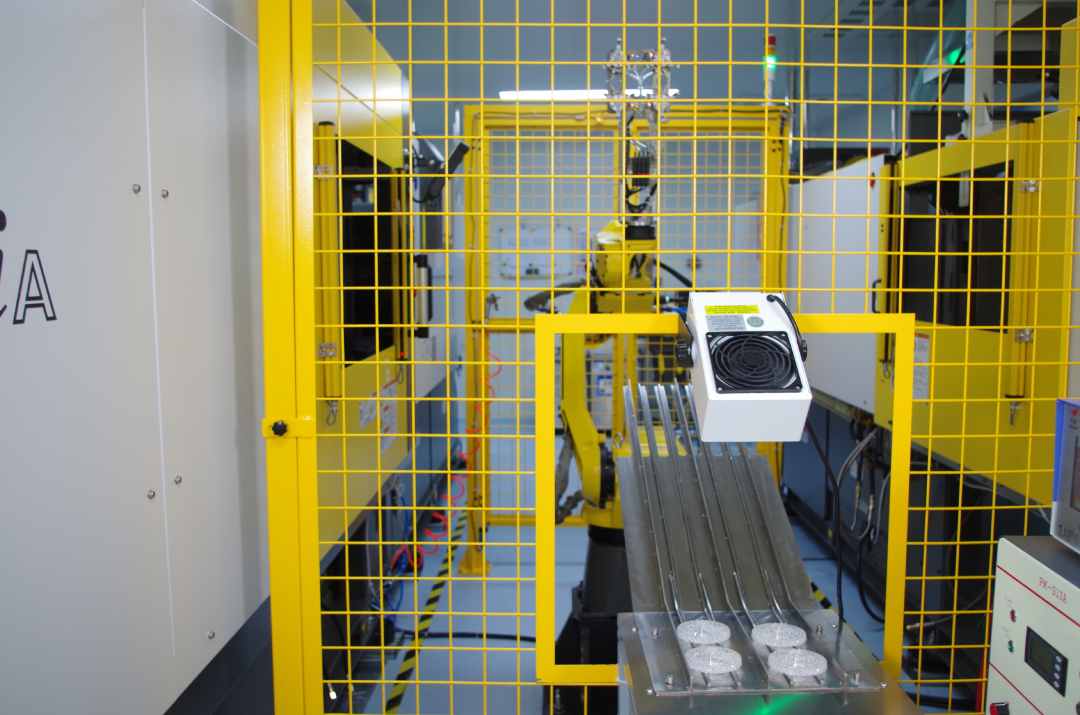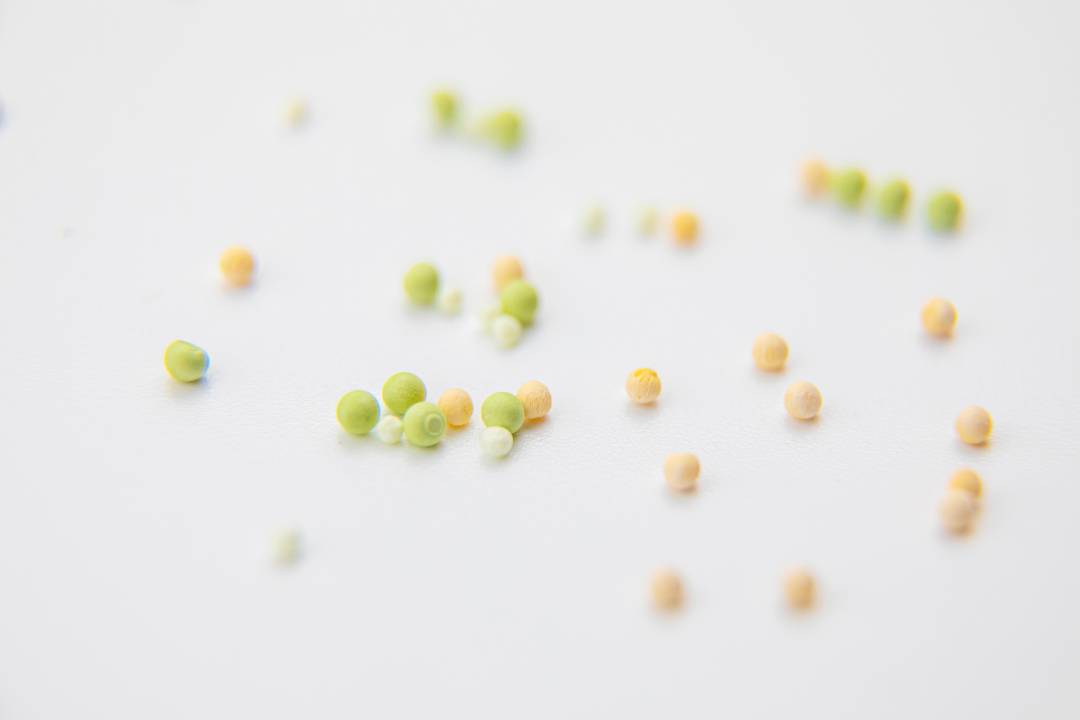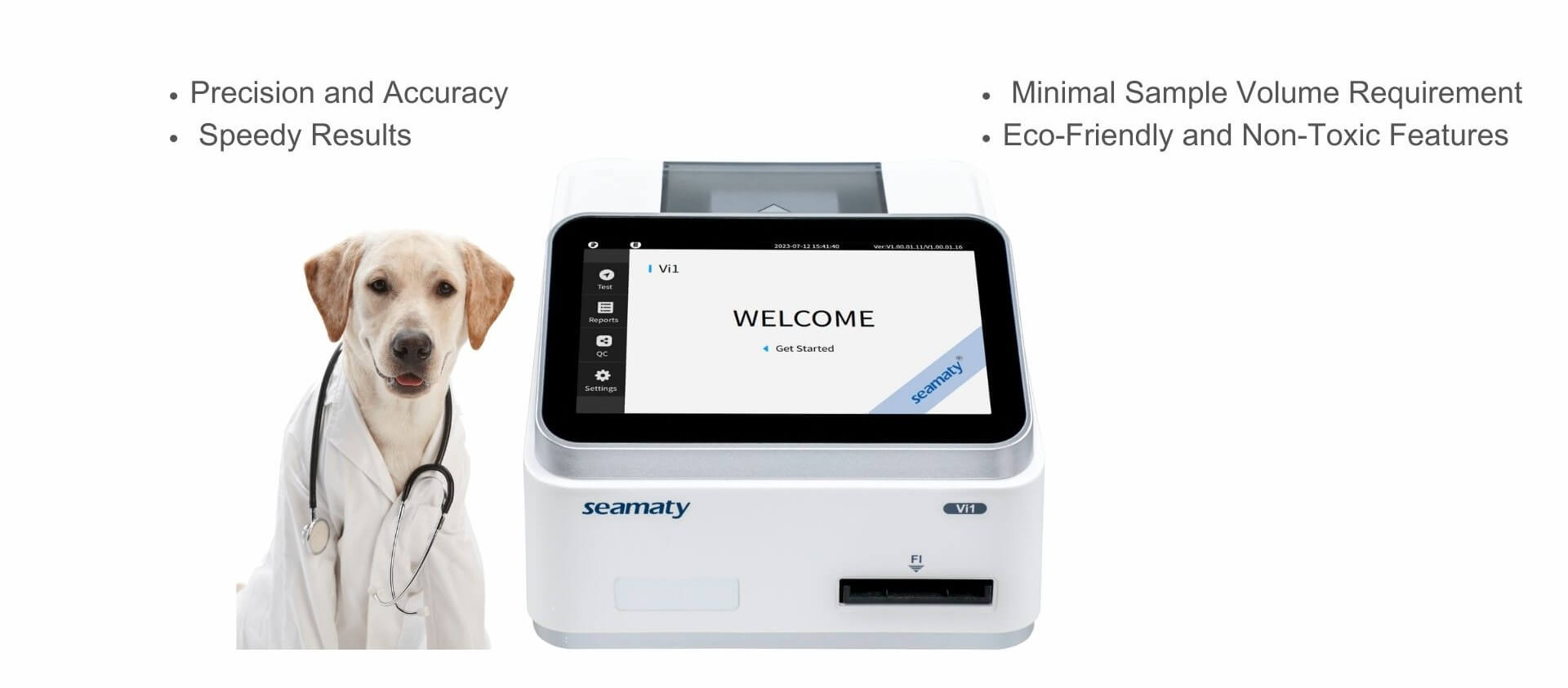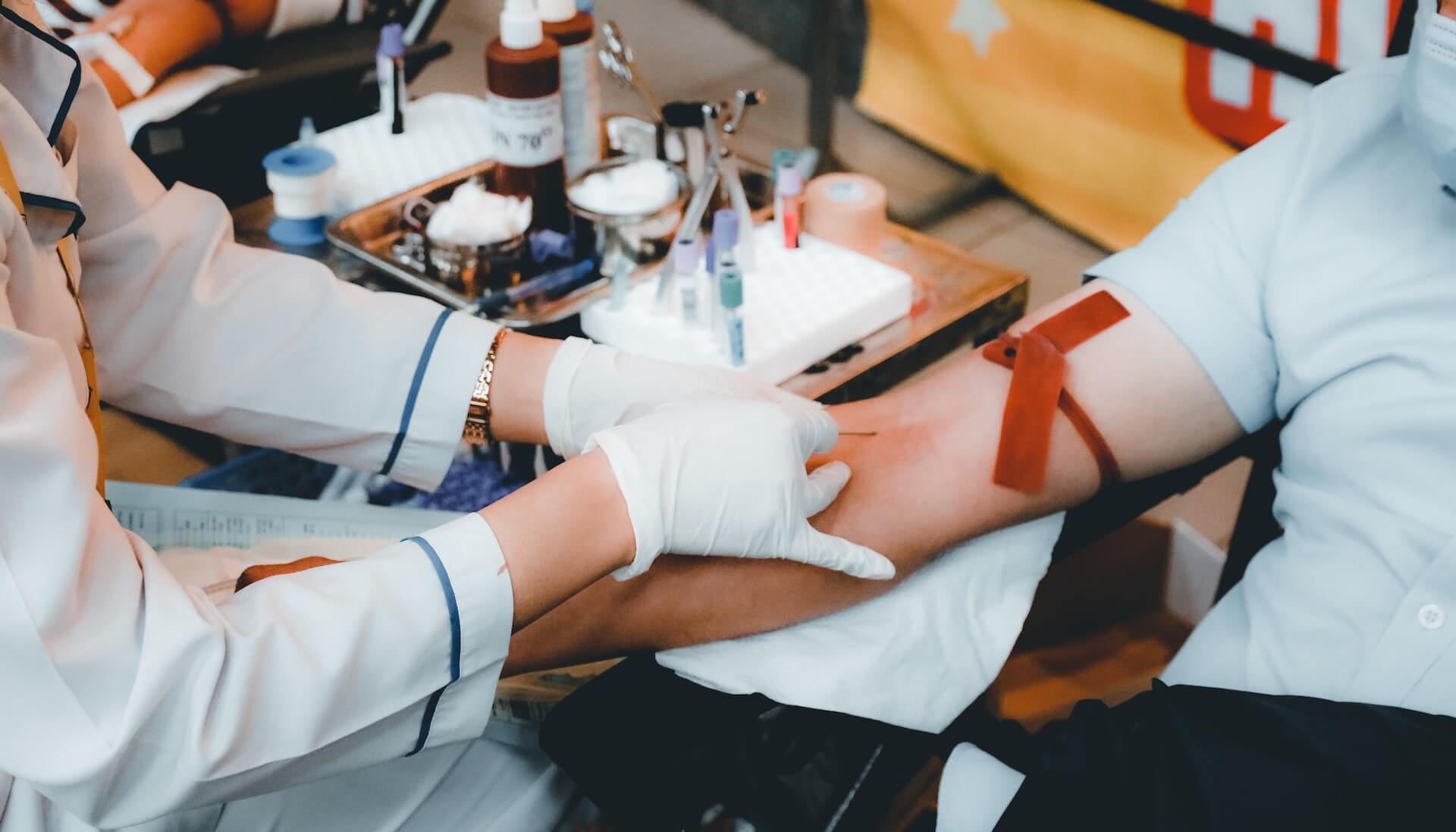release time:2022-09-22 14:41:28
When we test a sample, whether we take a manual test or a biochemical analyzer test, the final value is the absorbance value. However, the test report shows the concentration value (or viability unit). To convert the absorbance value to match the test report, multiply the measured absorbance value by a K value (or F value). The process of finding the K-value (or F-value) is the calibration.
The calibration process usually consists of the following steps.
a. Select the corresponding calibrator.
b. Place the calibrations according to their preservation method and refusion method.
c. Setting the instrument calibration parameters and placing the calibrator in the instrument for testing.
Most biochemical analyzers require calibration before use. The calibration process is not only complex but also time-consuming. However, Seamaty's fully automated biochemistry analyzer can obtain calibration information by scanning the QR Code built into the reagent tray. It allows for automatic calibration. This eliminates the need for these calibration steps and shortens the test time.



2023-11-23
Explore the four reasons why you need an automated veterinary immunoassay analyzer and the advantages of Seamaty Vi1 in our comprehensive overview.

2023-04-25
This beginner's guide to blood tests explains what they are, how they work, and what they can detect. Learn about the five main types of blood tests and how to prepare for them.

2022-03-30
In clinical practice, blood biochemical indicators such as creatinine (Crea), urea (Urea) and uric acid (UA) are commonly used to determine the quality of kidney function. Today, let's get to know more about creatinine.